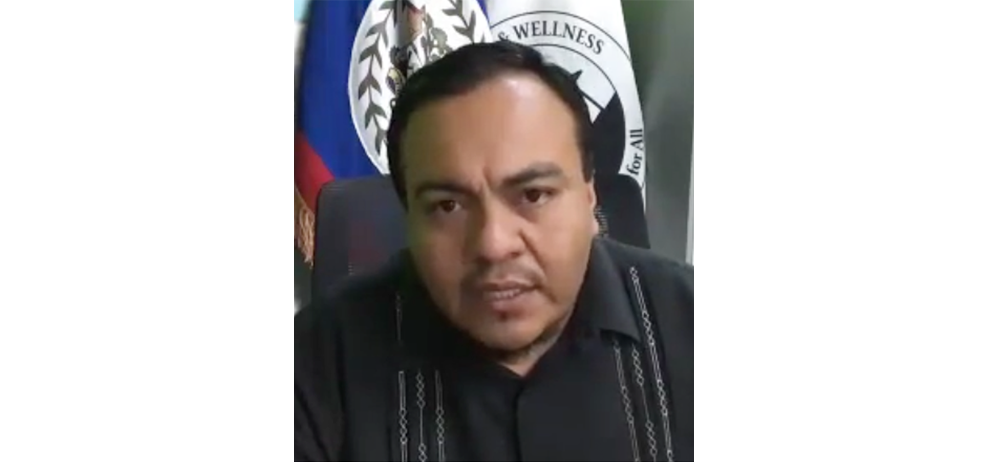Photo: Kim Bautista, Chief of Operations at Vector Control
by Charles Gladden
BELIZE CITY, Tues. July 9, 2024
Amandala has confirmed with the Ministry of Health that there are over 800 active cases of dengue fever in Belize, particularly in the Toledo District.
“As a country, we have reported 865 dengue cases, 383 lab-confirmed cases, and 482 [clinically] confirmed cases,” said Kim Bautista, the Chief of Operations at Vector Control for the Ministry of Health. “75 percent of those cases come from the Orange Walk, Cayo, and Toledo districts. In the Toledo District, the majority of their cases are from Punta Gorda Town and Bella Vista, which geographically is right on the boundary between the Stann Creek and Toledo districts,” Bautista additionally mentioned.
According to Bautista, 224 cases, which is 26 percent of all the cases in the country, are in the Toledo District. The Orange Walk District has 197, which is 23 percent of all cases; and there are 225 in Cayo. Earlier this year, the country experienced an extreme heat wave during April and May, but during that time, dengue was still prevalent in the south.
“Now, as we all experienced earlier this year, there was an extensive drought, and there were parts of the country that still had dengue transmission; and that is in Toledo; that is when the outbreak in Toledo started. There was a situation where the municipality was stockpiling tires as part of beach reclamation efforts, and so when we look at the data that our field officers captured, the containers that are most positive for the mosquito that transmits dengue tend to be tires and uncovered drums and buckets and things like that. So, though you have a drought, if you still have the containers out there to breed these mosquitoes, there is the potential for transmission,” said Bautista.
He further noted that in 2019, the Americas region saw the highest number of dengue cases: a total of 3.18 million; however, in 2023, that number rose even more—to 4.5 million. Meanwhile, in Belize, an increase of 5 percent has been recorded this year compared to last year.
“There’s only a 5 percent increase. So, at week 27 last year, we’re looking at 823; and this year, we’re looking at 865. So, there’s a 5 % increase. However, EpiWeek 18, which is at the end of April … since the end of April we have been below that threshold, and we have been below the trend last year. So, following the projections that we’re seeing, we were on trend to end the year with a lower number of cases than we had last year,” Bautista said.
“… Last year, as a country, we reported 3,054 cases; 1,370 laboratory-confirmed cases and 1,370 clinical. This year, we’re at 865. So, if we maintain the current trend, we should be under significantly reduced numbers at the end of this year,” he added.
To combat the country’s mosquito crisis, 14 trucks are passing through various communities across the country, including San Pedro and Caye Caulker, to spray chemicals that prevent the breeding of mosquitoes. They are targeting over 200 areas with a history of dengue, including the rural and urban areas.
“It is a maximum of four to four and a half hours, because you cannot apply chemicals in using that methodology during the day because it will evaporate. You cannot apply when it is raining; it will not work. And if you apply after it has rained, it would have to be a minimum of one hour after the rain has passed. So, you have maybe from about 5:00 a.m. to about 6:00 to 6:30 in the morning, and then from about 6:00 to about 9:00 in the evening. So, it’s a short window that you have to go, and you’re driving roughly seven to eight miles per hour to do a proper spray. So, you can imagine that it’s a slow process, and the amount of communities you need to cover,” he said.
Dengue is also driven by socioeconomic conditions, said Bautista, since there are persons who are living in areas more highly at risk for mosquito-borne transmitted diseases, such as low-lying areas or areas with poor drainage which are affected by climate change.
Bautista shared data from the Ministry’s Epidemiological Week, which starts on Sunday and ends on Saturday.

